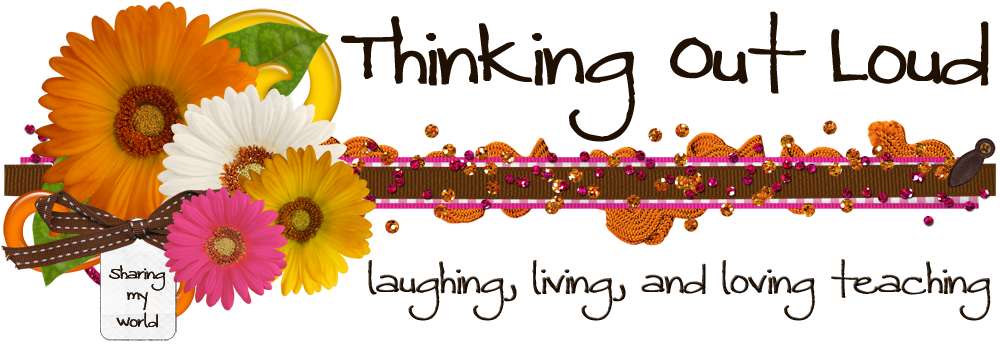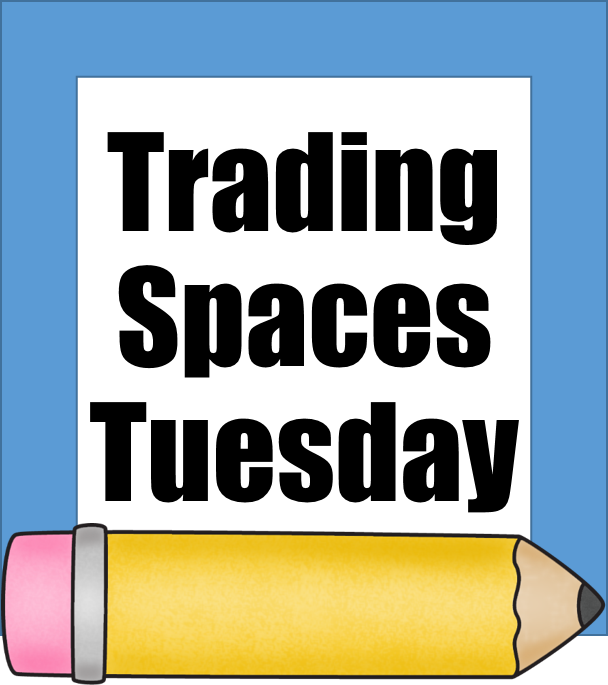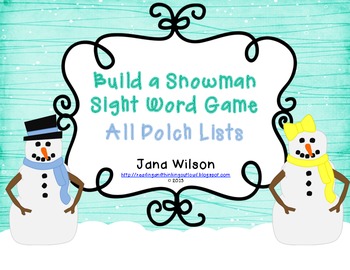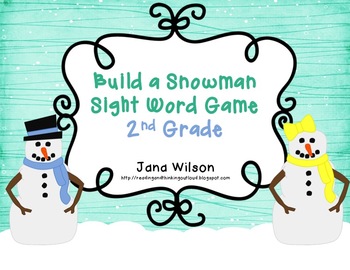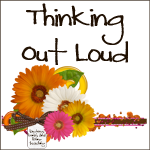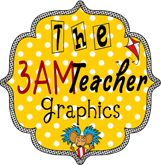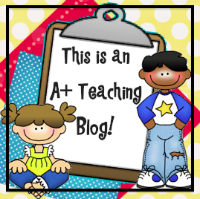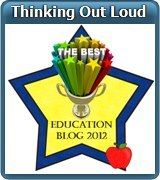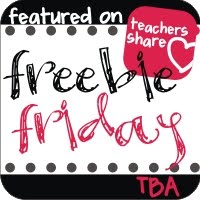It's Andrea from Reading Toward the Stars here to talk a little bit about different ways to use nursery rhymes. Thank you so much Jana for letting me talk literacy on your blog!
As a reading specialist, I love using nursery rhymes with my students to help them with many different aspects of reading. I especially use them with kindergarten since they already are familiar with many of them. I actually spend an entire week with one nursery rhyme to work on many different aspects of literacy. Here is a look into my week with one nursery rhyme or poem.
On Monday we spend some time reciting and "reading" the rhyme together. I track the rhyme with them to model, and by mid-year, some of the students are ready to track the print on the first day. At the beginning of the year, I put stickers underneath the words to help them with the one-to-one correspondence. Here is what that looks like.
As the week progresses, I take off a line of stickers at a time. Eventually, the students do not need the stickers at all! That is the ultimate goal!
We also spend part of a session reading the poem again and listening for rhyming words. We locate the words and think of new words to rhyme with the various words in the poem. Sometimes this is a struggle, so I will give them a list of words to choose the rhyming words. For example, from the poem above, I would say "What rhymes with bear?" Hopefully, they will say something like hair or chair, but if they don't I give them three choices: dog, hair, ground. Usually they give me a correct answer. Then we play rhyming games and do other rhyming activities.
Their favorite activity is matching the words to the poems. Each day we review a list of words for the poems through flash card or a typed list on paper. One of their favorite activities is finding the word in the poem. I mix it up a little and show them a word in the poem, and they have to find the word card. This becomes a crazy game, but it is always fun! The kids love to "beat the teacher."
By the middle of the year, we are ready to really hone in on the sight words in context. In my list of words, I always include many sight words from the poem. They love to find the sight words, many times not even using the word cards to find them. This too becomes a game. I give them the poem on paper and call out a sight word. They use a crayon to circle the sight words in the poem. I then incorporate a sight word book or activity to complete. I love the sight word books from Hubbard's Cupboard because they are FREE and easy to make!
| Kindergarteners LOVE highlighters too! |
And who can forget letter identification and sounds. Even at the end of the year, some students still struggle with them. I give the students a letter or letter sound to search for, and they find a word with that particular letter or letter sound, focusing on the letters they know or are currently learning. Then I have them think of another word that begins with that same letter or letter sound. If they cannot think of a word that begins with the given letter, I offer them three choices, and they have to choose the correct word. Many times I use my picture clues to help them think of the words and hear the sounds.
There are so many great nursery rhymes to use. Books are abundant! I use this wonderful website to get many of my nursery rhymes for my students, PreKinders. There are some great free printables of nursery rhymes for the kids. The print is large enough, and the pictures are crisp. I love letting the kids color the pictures to send home in a book at the end of the year. This way each kid has a book of rhymes that he or she CAN read.
Even older students can benefit from nursery rhymes. Students can sequence the rhyme or compare and contrast two nursery rhymes. They are also fun to use when teaching cause and effect: Jack fell down {cause} and broke his crown {effect}. Character analysis is also fun with nursery rhymes. Since they know about the characters already, it is easy to spot those character traits and explain why. Fun, fun!
And, if you haven't been to my blog yet, Em from Curious Firsties has a fun activity to do with nursery rhymes too! Click {here} to head to that post.
Hopefully this has helped you find new uses for nursery rhymes. What new ideas do you have for using them?
Thank you, Jana, for having me spend some time at your blog today! I had a lot of fun sharing my ideas for using nursery rhymes.
Now head on over to Hanging Out in First to see Jana's literacy post!
And if you want to see who else is participating, you can click on the links below to get many more literacy ideas!
